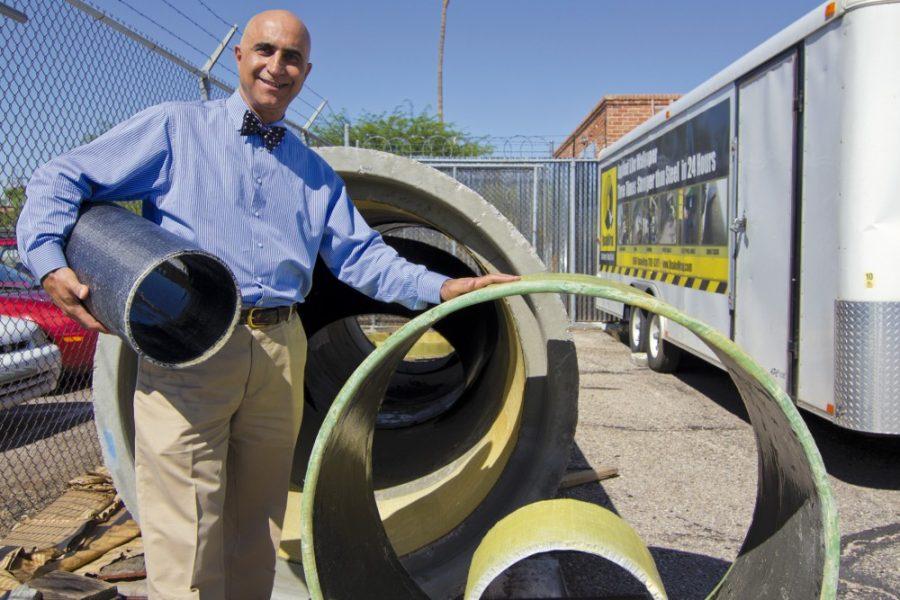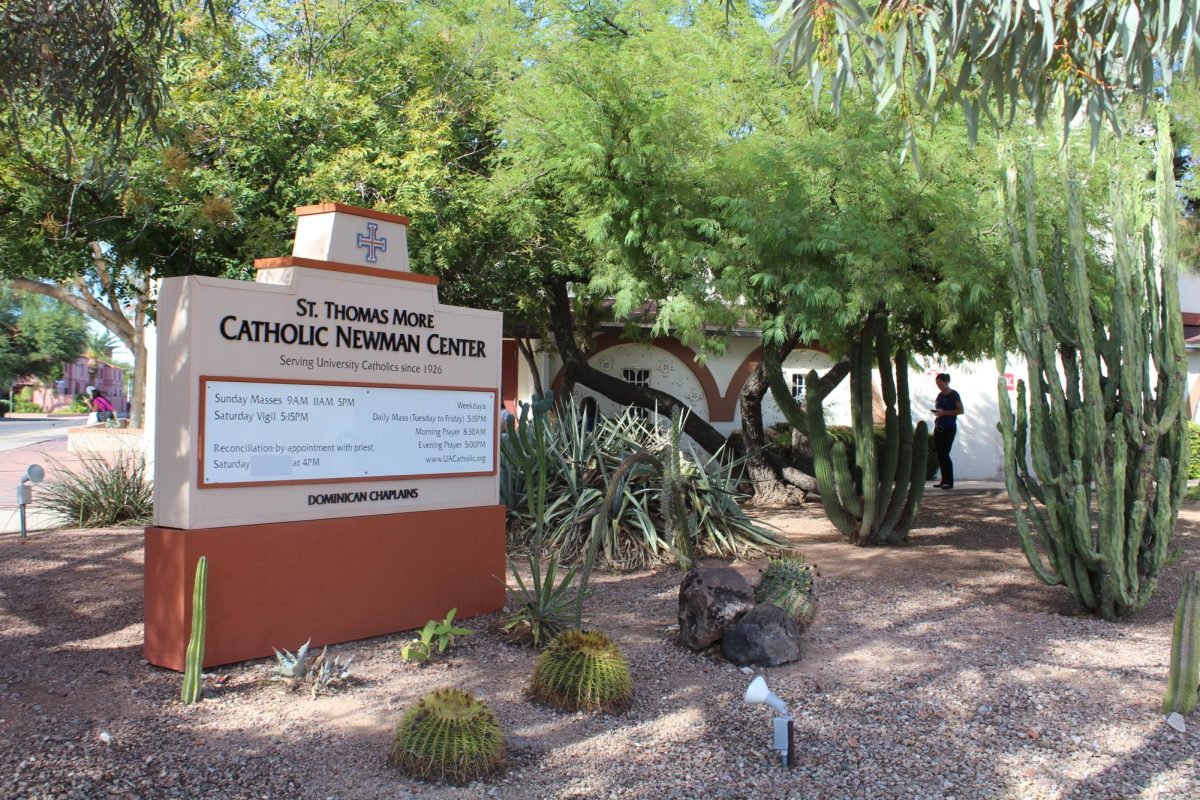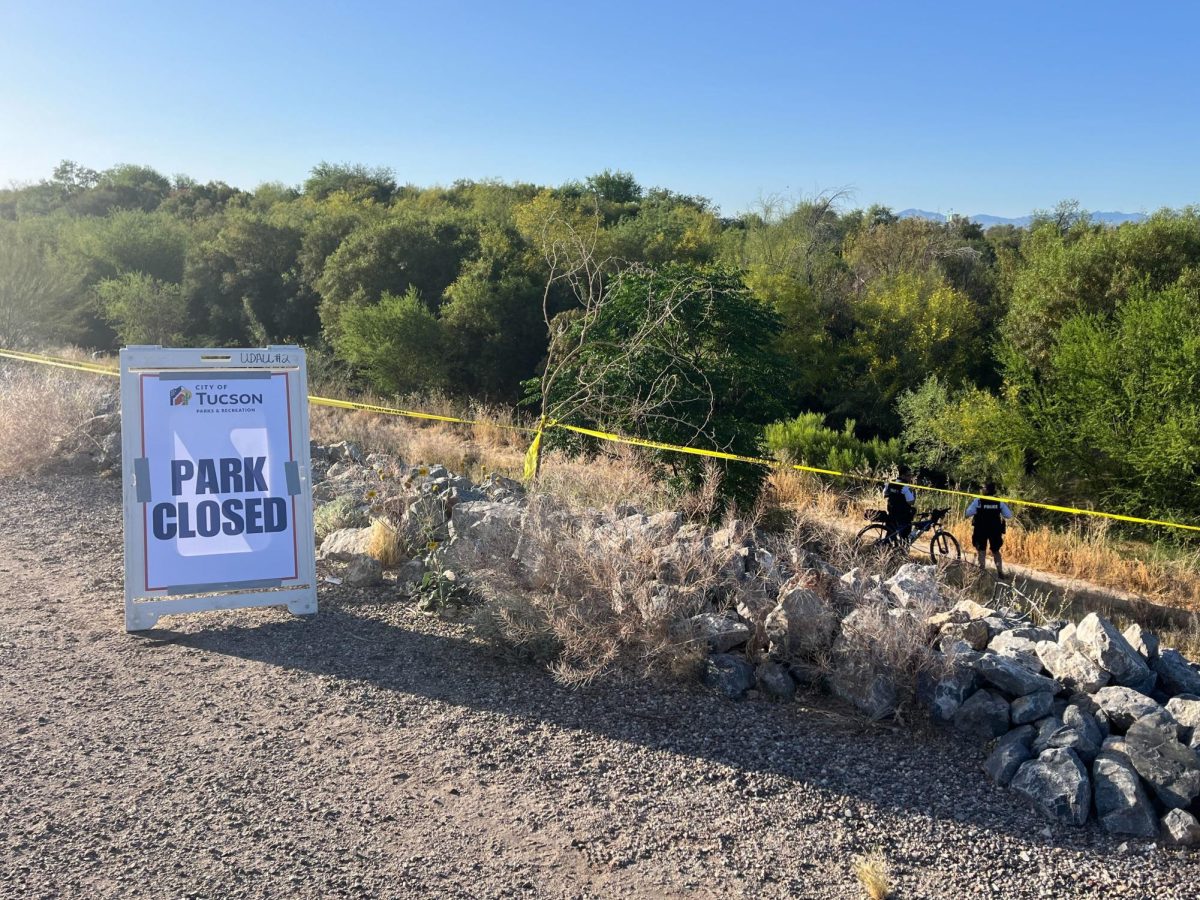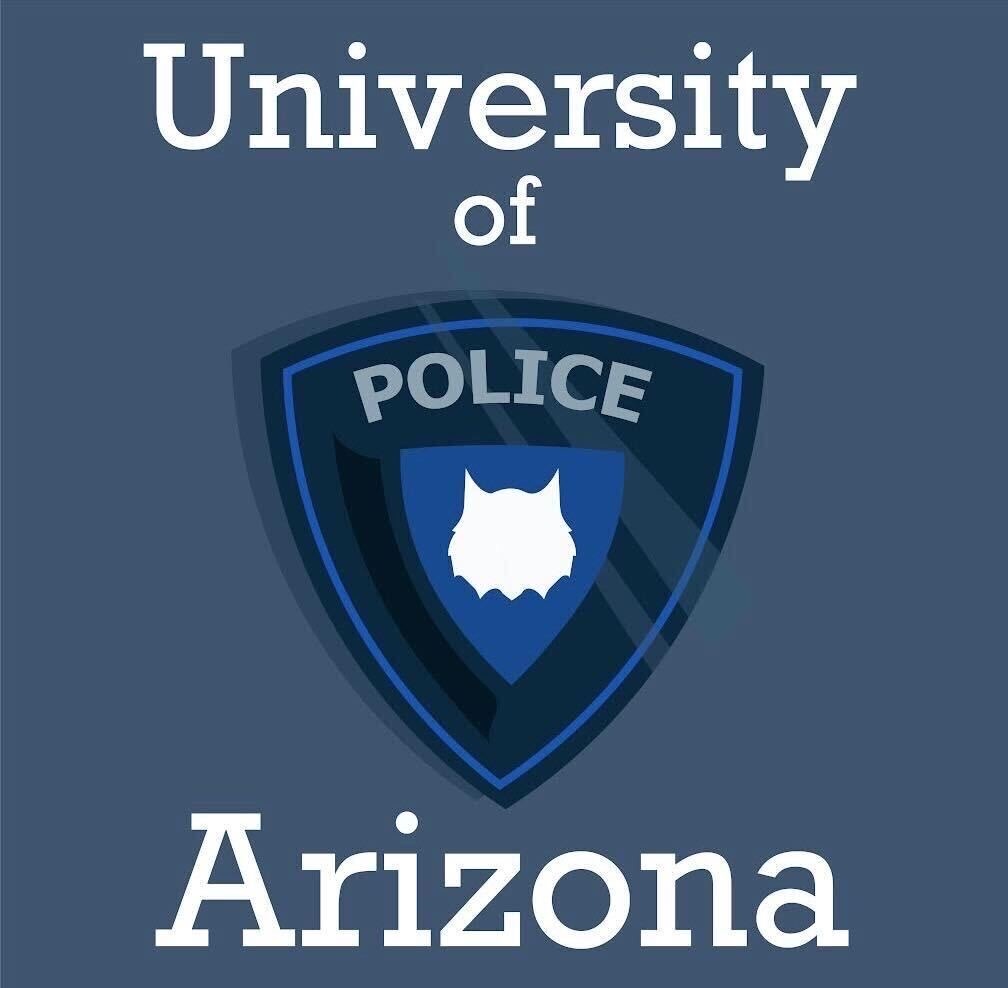Mo Ehsani, a professor emeritus of civil engineering, was initially looking for a way to strengthen infrastructure pipes, but ended up making one of his own.
After leaving the university in 2010, Ehsani turned to his business, QuakeWrap, which he founded in 1994, to develop projects outside of the confines of campus. His new product, InfinitiPipe, uses a lightweight material meant to lower costs, increase sustainability and be theoretically infinite in length.
“Often times you may not appreciate pipes because you don’t see them,” Ehsani said. “But there’s truly a lot of money that needs to be spent on fixing this buried infrastructure.”
The pipe itself is made up of a honeycomb core, wrapped in carbon fiber fabric, that weighs about 10 to 15 percent of a typical steel or concrete pipe. Because there is less material, the pipe is more environmentally friendly, easier to transport and less expensive.
To make it “infinitely” long, users can make molds of the pipe from a smaller sample, Ehsani said. Using only a few feet, a longer piece of pipe can be molded and attached, and with samples always available from each new piece of pipe, there’s always a way to build additional piping.
Additionally, a typical pipe requires a joint every 20 feet, which increases the chances of a leak. However, the InfinitiPipe can be manufactured so that only one joint is needed for approximately every thousand feet.
“If you only have a joint every two thousand feet you can afford to monitor that joint very efficiently,” Ehsani said. “If there’s a leak you can have an alarm that alerts operators that something happened.”
Along with being environmentally friendly, the pipe will be easy to build in developing nations, Ehsani added. Raw materials can be transported in a container and local companies can make pipes for themselves, Ehsani said, adding that the project is the most significant he’s ever led.
“I can truly tell you that of all the things I’ve invented in my career, this is by far the most game-changing and really revolutionary project that I’ve come up with,” Ehsani said.
Whether or not the InfinitiPipe is used by a large percentage of people, the groundwork has been laid for showing other developers that an infinitely long pipe, without joints at every 20 feet, is a reality, he added.
“Even if nobody starts using this infinite pipe that I have developed, at least, I hope, that this will plant enough seeds in the minds of other creative people to pursue similar approaches,” he said.
Ehsani taught at the UA for 28 years — time which he credits for his advancements in the invention of InfinitiPipe, which currently has patents pending in the U.S. and abroad.
“The very early stages of this technology is something we started at the UA back 25 years ago,” Ehsani said. “That’s really what laid the groundwork for these developments after some 20 years later.”
As a professor emeritus, Ehsani has access to the facilities on campus, but he does not have to be there every day. Instead, he focuses on continuing to innovate existing technology through his emerging product — and encourages students to do the same.
“There are so many improvements that can be made,” Ehsani said. “It’s just really having that creative mind and not accepting the status quo as being the best you can put up with it. Just be open to crazy ideas and give them a try.”









